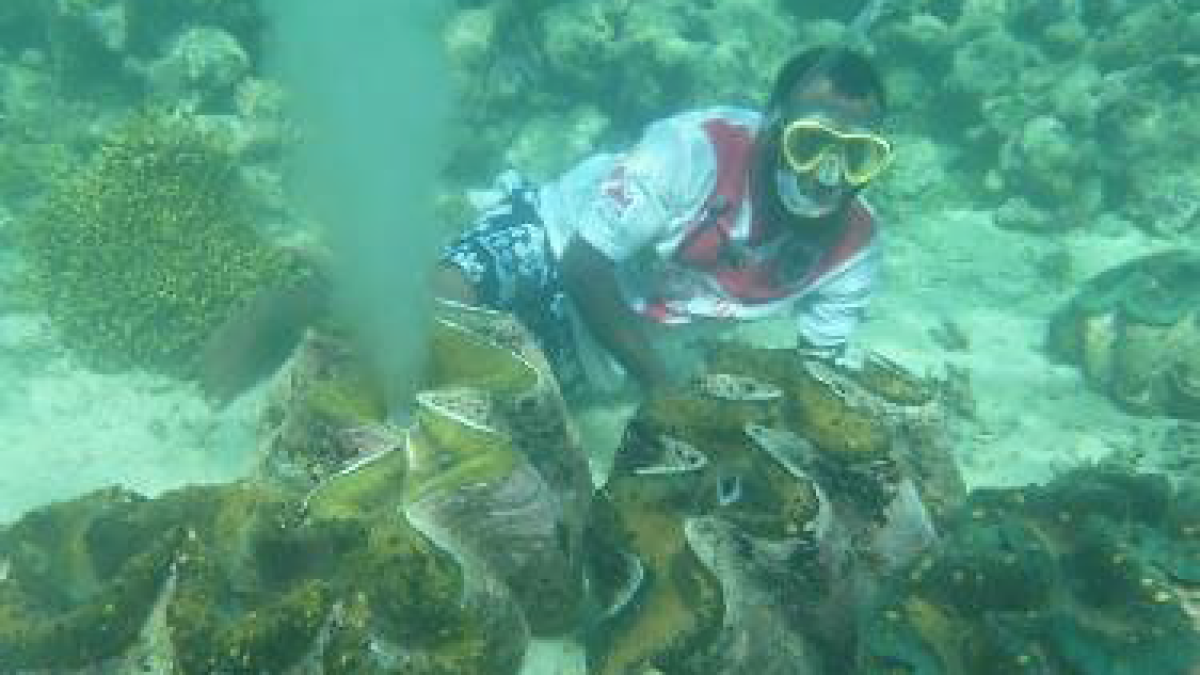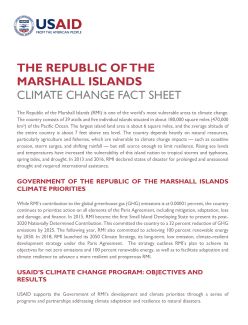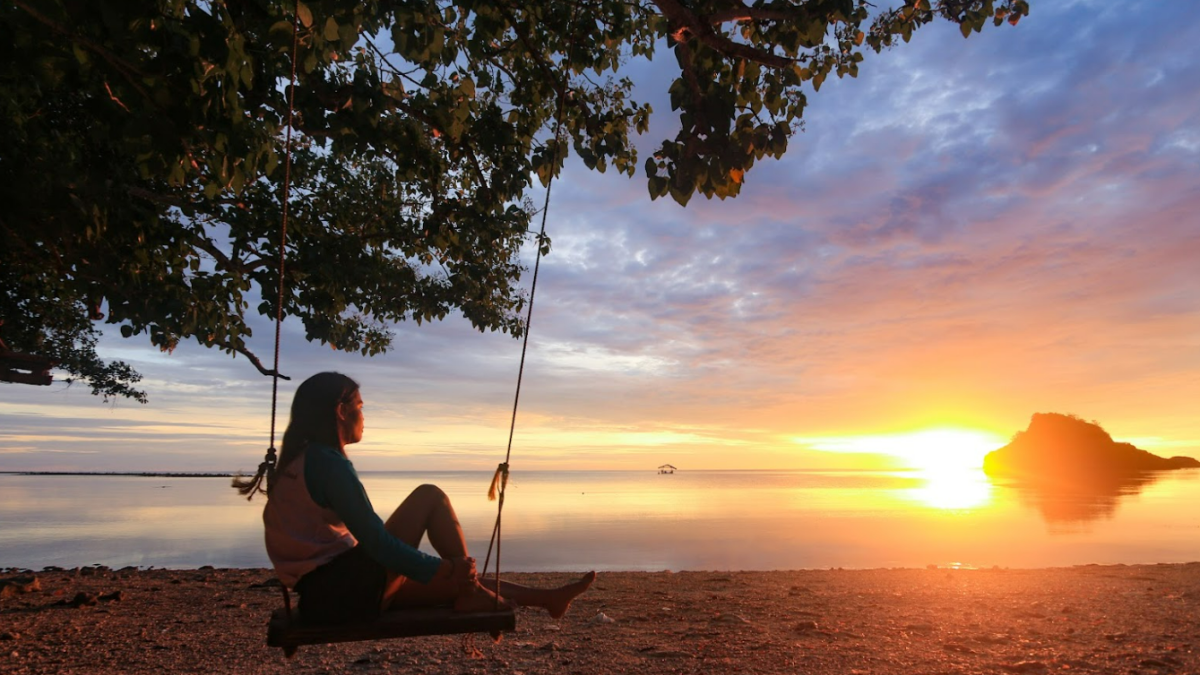RMI is one of the world’s most vulnerable areas to climate change. The country depends on natural resources that are vulnerable to coastline erosion, storm surges, and shifting rainfall. Rising sea levels and temperatures have increased the vulnerability of RMI to tropical storms and drought.
The Republic of the Marshall Islands (RMI) is one of the world’s most vulnerable areas to climate change. The country consists of 29 atolls and five individual islands situated in about 180,000 square miles (470,000 km2) of the Pacific Ocean. The largest island land area is about 6 square miles, and the average altitude of the entire country is about 7 feet above sea level. The country depends heavily on natural resources, particularly agriculture and fisheries, which are vulnerable to climate change impacts—such as coastline erosion, storm surges, and shifting rainfall—but still scarce enough to limit resilience. Rising sea levels and temperatures have increased the vulnerability of this island nation to tropical storms and typhoons, spring tides, and drought. In 2013 and 2016, RMI declared states of disaster for prolonged and unseasonal drought and required international assistance.
Government of the Republic of the Marshall Islands Climate Priorities
While RMI’s contribution to the global greenhouse gas (GHG) emissions is at 0.00001 percent, the country continues to prioritize action on all elements of the Paris Agreement, including mitigation, adaptation, loss and damage, and finance. In 2015, RMI became the first Small Island Developing State to present its post- 2020 Nationally Determined Contribution. This committed the country to a 32 percent reduction of GHG emissions by 2025. The following year, RMI also committed to achieving 100 percent renewable energy by 2050. In 2018, RMI launched its 2050 Climate Strategy, its long-term, low emission, climate-resilient development strategy under the Paris Agreement. The strategy outlines RMI’s plan to achieve its objectives for net zero emissions and 100 percent renewable energy, as well as to facilitate adaptation and climate resilience to advance a more resilient and prosperous RMI.
USAID’s Climate Change Program: Objectives and Results
USAID supports the Government of RMI’s development and climate priorities through a series of programs and partnerships addressing climate adaptation and resilience to natural disasters.
Adaptation
USAID strengthens the capacity of national governments, regional institutions and civil society organizations to mitigate the negative effects of climate change. Activities include climate-proofing community infrastructure and promoting disaster preparedness and adaptation measures.
Results
- USAID helped Pacific Islands countries access and mobilize almost $200 million from various international climate funds. USAID has also helped prepare bankable project proposals valued at
- $148 million that have been submitted as final applications to the Global Environment Facility and the Green Climate Fund. For RMI, the Green Climate Fund approved the government’s Addressing Climate Vulnerability in the Water Sector (ACWA) in the Marshall Islands project with a total value of $24.75 million. USAID assistance also unlocked nearly $300,000 funding for community-level resilience activities in RMI.
- With support from USAID, a local organization piloted a fish and feed production activity in RMI, producing $118,000 worth of fish and more than 1 million pounds of feed to promote local, alternative livelihoods and sustainable food security. USAID-supported training also provided 100 Marshallese with specialized skills in aquaculture operations.
- In response to the COVID pandemic, USAID built water storage and handwashing stations at 51 facilities in RMI. The availability of additional water supplies helps promote good hygiene practices while serving as a reliable clean water source during disasters and emergencies.
- From 2013 to 2018, USAID improved the capacity of RMI to prepare for and respond to disasters in coordination with the National Disaster Management Office. USAID strengthened the capacity of local, state, and national disaster response networks, training 262 people on first responders, essentials of humanitarian assistance, and disaster search and rescue. In addition, USAID surveyed 138 public buildings to assess capacity to provide WASH facilities and serve as evacuation centers during disasters.
Disaster Risk Reduction
USAID also supports RMI’s disaster response, coordination and management capacity, early warning systems, food security, and local preparedness.
Results
- Since 2008, USAID has responded to two U.S. Presidential Disaster Declarations in RMI due to the widespread effects of droughts in 2013 and 2016. USAID provided more than $5.7 million to provide supplemental food distributions to affected outer-island communities to prevent food insecurity due to agricultural losses.
- In partnership with the International Organization for Migration (IOM), USAID maintains a warehouse with pre-positioned relief supply stocks in RMI, as well as works with communities and national emergency managers to support locally led responses to small-medium scale disasters.
- In 2019, USAID and IOM worked closely with local partners to deploy and install 19 reverse osmosis desalination units in drought affected atolls across RMI which provided safe drinking water for communities to cope with the effects of the drought.
- Supported the NDMO to convene the first ever disaster tabletop exercise for Kwajalein.
For More Information




